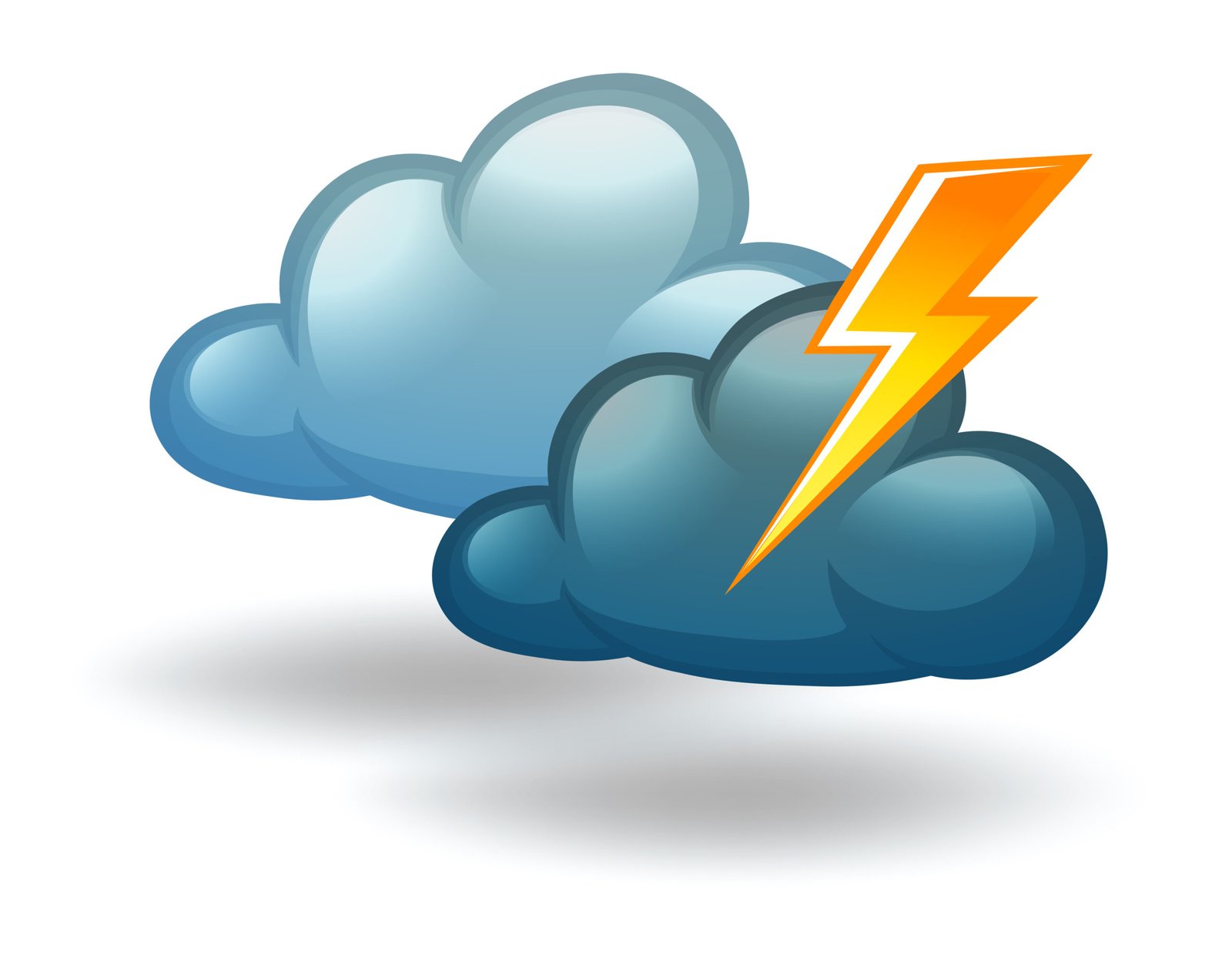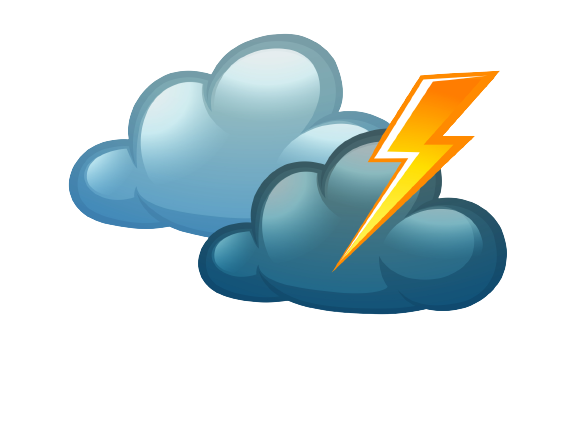[ad_1]
National Weather Service experts warned Wednesday that the rise of a potent, global climate bully has set the stage for violent weather and killer tornadoes in Central Florida from now until spring.
With one occurring every few to seven years at varying strengths, an El Niño ocean-warming phase is taking shape as among the stronger on record and is forecast to have a high probability of ushering powerful storm systems across the Gulf of Mexico into the Orlando region and other parts of Florida through March.
National Weather Service officials said conditions now in place put Central Florida at a comparable level of risk to 1998 when an overnight spree of tornadoes killed 42 people in the greater Orlando area, and set Florida’s record for tornado deaths, and to 2007, when another nighttime storm front spawned several twisters that killed 21 in the region.
“In just two tornado events,” said Dave Sharp, meteorologist in charge of the weather service office that covers the Orlando region, “you’ve got 63 Central Floridians dying.”
Sharp said an El Niño “can introduce the right ingredients to produce strong and violent tornadoes. And that’s where those deaths are coming from. It’s from blunt force trauma.”
The state’s tornado events during El Niño conditions tend to play out as a swarm of twisters riding a storm front churning east across the Florida peninsula. That occurred during the record outbreak in 1998, which started late at night Feb. 23 and played out for nearly four hours and with seven tornadoes.

National Weather Service
The National Weather Service documented the tracks of seven tornadoes that occurred within several overnight hours in February 1998. The tornado assault killed 42 Central Floridians and was the deadliest on record in Florida.
In that harrowing disaster, a tornado struck at 11 a.m. in Volusia County killing one person, according to weather service records.
A second tornado just before midnight crossed from Lake County into Orange County, killing three.
At 12:15 a.m., a third ripped across Seminole County into Volusia County, leaving 13 dead. The fourth at just before 1 a.m. traveled from Osceola County into Orange, with 25 fatalities in its wake. By 3 a.m. three more twisters hit Volusia and Brevard counties but with no deaths.
Of the 42 who perished, 40 were in recreational vehicles, mobile homes or manufactured housing. Of the other two, one was in a car and the other died in a “permanent framed structure,” according to weather service records.

Speaking to media and emergency managers, the weather service officials said forecasting conditions and sounding alarms over the formation of a tornado can be done now with a high degree of accuracy.
What’s still challenging, they noted, is reaching out not just to residents who are able and informed for appropriate responses to tornado warnings, but also to those who are underserved, homeless, or speak other languages, and to visitors who do not know the region’s geography or where to find shelter.
Also still daunting for forecasters and responders are the tornados hitting when most people are asleep, and the twisters that strike the most vulnerable homes.
“People who live in the manufactured homes and the campers will go to bed, none the wiser, not be ready to receive alerts in the middle of the night,” Sharp said of the possibility of repeating circumstances in 1998 and 2007. “We may be mopping up some pretty heavy stuff in the morning.”
“Surely we are better than that now,” Sharp said in conclusion.

An El Niño event occurs with changes in oceanic and atmospheric conditions, including a switch in prevailing winds and a rise in sea-surface temperatures along the equator and near the west coast of South America.
Those fluctuations were recorded by coastal Ecuadorians and Peruvians in the 1500s and 1600s beginning around Christmas time, and the climate event was named El Niño, meaning the boy, after the newborn Christ child.
Warmer sea-surface temperatures in that region affect atmospheric currents, including the jet stream across the United States, setting up an expressway for violent storms crossing the Gulf of Mexico into Florida.
“We’re on par with one of the stronger El Niño events that we have seen in the past,” said Will Ulrich, warning coordination meteorologist at the weather service in Melbourne.
Ulrich said an El Niño can alter conditions around the world, which has earned it the nickname the “master weather maker.” He said other climate oscillations can deliver storms, fluctuations in temperatures and jumps in precipitation.
“But there’s none quite like El Niño, especially as it relates to weather here in Central Florida,” Ulrich said.
[ad_2]
Source link


